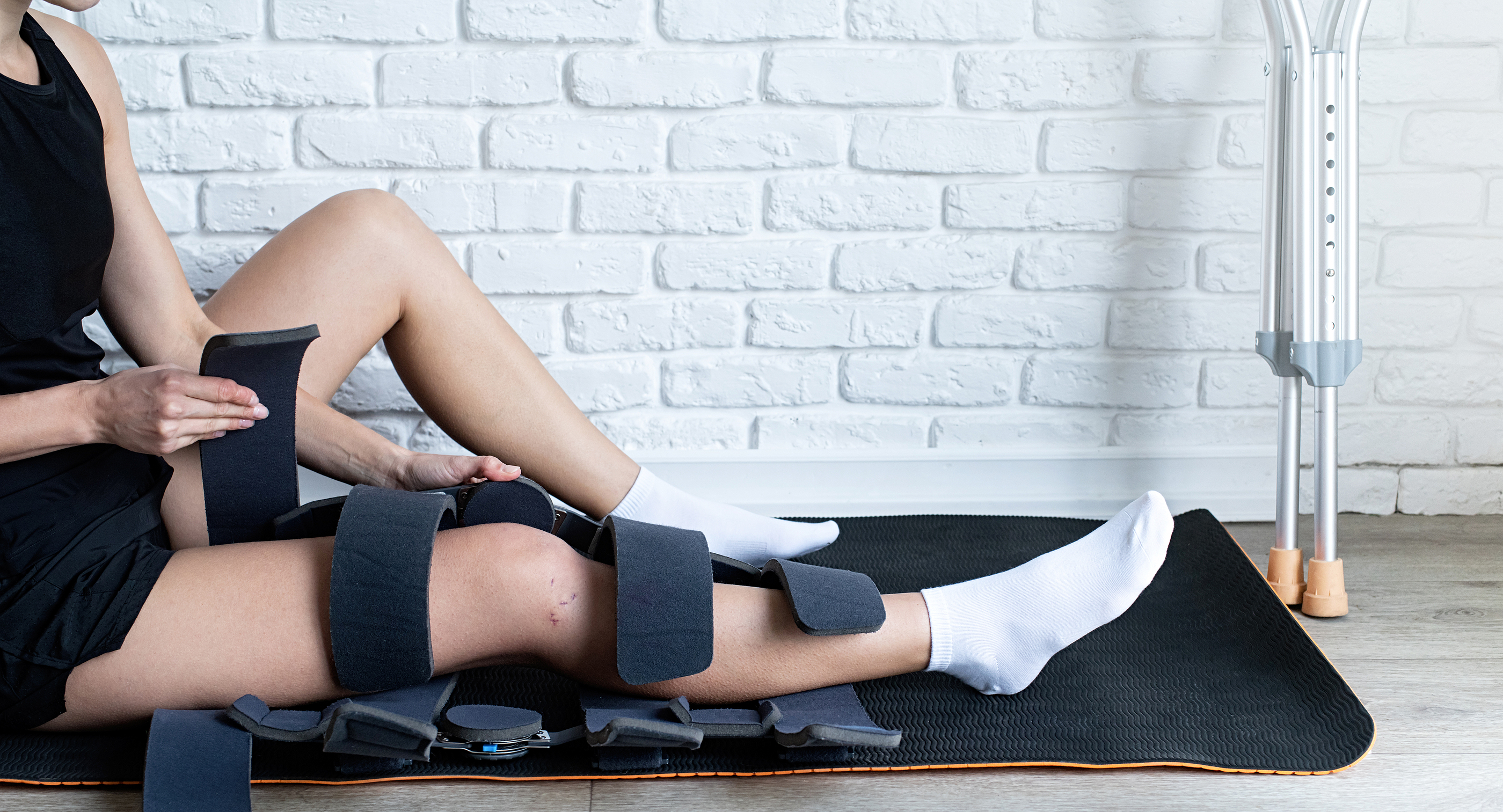
Recovering from surgery involves more than rest—it requires a strategic and guided rehabilitation process to help restore function, manage pain, and prevent potential complications. Physiotherapy plays an essential role in the recovery journey by helping patients regain mobility, strength, endurance, and confidence. Whether an individual had orthopedic surgery, a neurological procedure, or abdominal surgery, physiotherapy can significantly improve outcomes and quality of life.
While surgery is often necessary to correct a medical issue, it also puts the body under a considerable amount of stress. Post-surgical challenges may include chronic pain, inflammation, swelling, limited movement, muscle weakness, and coordination issues. Physiotherapy addresses each of these issues through evidence-based techniques that are tailored to an individual's condition and needs. Here’s a closer look at the benefits of physiotherapy for post-operative patients.
Pain Management
Post-operative pain is a common and expected part of recovery. It can develop due to surgical trauma, inflammation, or nerve irritation. Physiotherapists use a combination of manual therapy, targeted exercises, and modalities such as heat, ice, and ultrasound to reduce both pain and inflammation. By addressing the underlying causes—not just the symptoms—physiotherapy can also help patients decrease their reliance on medications, including opioids.
Hot and Cold Therapy
Cold treatment is typically used immediately following surgery or during the acute phase of recovery, which is the first 48 to 72 hours. This approach helps by reducing inflammation and swelling, provides a numbing effect by desensitizing nerve endings, and lowers the risk of secondary tissue damage to healthy surrounding tissue. Common methods include cold compresses, ice packs, or cold therapy machines.
Heat therapy is also beneficial for the later stages of recovery (several days or weeks post-surgery). Applying heat causes blood vessels to gently expand, which promotes improved circulation and aids tissue healing. Heat also relaxes muscles, reduces stiffness, and helps relieve muscle spasms after surgery. Tissues that are exposed to heat also respond better to stretching and strengthening exercises during physiotherapy. Commonly used approaches include heating pads, warm packs, hydrotherapy, and ultrasound therapy.
Nutrition Supports Healing from the Inside Out.
One of the most critical nutrients the body needs for post-operative healing is protein. This key nutrient supplies essential amino acids that help rebuild tissue following surgery. Specific amino acids, such as glutamine, also support the immune system and contribute to the production of hormones and enzymes involved in the healing process—helping to reduce the risk of post-surgical infections. Additionally, reduced mobility after surgery can lead to muscle wasting, but adequate protein intake helps preserve muscle mass during recovery. Rich sources of protein include lean meats (e.g., turkey, beef, chicken), fish, eggs, dairy products, legumes, and protein supplements.
Other nutrients that support protein function—such as vitamin C, zinc, and iron—can also positively impact recovery. Vitamin C supports immune defense and aids in collagen formation. Zinc plays a key role in wound healing and strengthens the immune response. Iron contributes to energy production and helps deliver oxygen to healing tissues.
Preventing Complications
Post-surgical inactivity can lead to serious complications such as blood clots (e.g., deep vein thrombosis), infections, joint stiffness, and general deconditioning. Physiotherapists promote early mobilization, which helps boost circulation, enhances lung function, and supports the healing process. Guided movement and targeted therapeutic exercises also help lower the risk of complications.
Restoring Mobility, Strength, and Balance
Surgery often results in temporary immobility or stiffness in the affected area. The body’s natural protective response, which includes tightening muscles and limiting movement, can actually hinder recovery if it is not addressed appropriately. Physiotherapy uses targeted techniques, strengthening routines, and range-of-motion exercises to help restore normal function. For instance, after a knee replacement, physiotherapy typically focuses on building strength in the surrounding muscles and improving joint flexibility. For surgeries impacting balance, physiotherapists may incorporate core and coordination exercises to improve stability and prevent falls.
Supporting the Healing Process
Exercise and movement aren't just about mobility—they directly influence healing. Increased blood flow to the surgical site delivers oxygen and nutrients that promote tissue repair. Physiotherapy regimens also help with scar tissue management by using techniques that soften and mobilize tissue to minimize restricted movements and chronic pain.
Psychological and Emotional Benefits
The recovery journey can be mentally challenging in addition to being physically taxing. Persistent pain, fear of making certain movements, and slow progress may lead to frustration or anxiety. Physiotherapy provides a structured, goal-oriented plan that gives patients a sense of control and progress. Physiotherapists also offer ongoing encouragement and motivation, which can boost morale and help patients stay engaged in their recovery.
Patient Care Resources and Education
Another important aspect of physiotherapy is patient education. Therapists teach proper body mechanics, posture, and movement strategies to help prevent re-injury and promote long-term health. In addition, patients receive a personalized home exercise program to help continue their progress between therapy sessions, as well as after discharge.
A Tailored Approach for Every Patient
Post-surgical recovery is not one-size-fits-all. Your physiotherapist will design a customized rehabilitation plan based on your surgery type, baseline physical state, and personal goals. Committing to the plan by attending therapy sessions regularly, completing home exercises, and following postural advice are key to regaining strength and returning to the activities you enjoy.
Overall, physiotherapy is an indispensable part of the post-surgical journey. By managing pain, restoring function, preventing complications, and supporting emotional well-being, physiotherapy helps set the foundation for a smoother, safer, and more complete healing process.
References
- Alkhaldei WJ, Bedaiwi MA, Madani SF, et al. The role of physiotherapy after surgery. J Popul Ther Clin Pharmacol. 2022;29(4):2857-2859.
- van Doormaal MCM, Meerhoff GA, Vliet Vlieland TPM, Peter WF. A clinical practice guideline for physical therapy in patients with hip or knee osteoarthritis. Musculoskelet Care. 2020;18(4):575-595.
- Brown-Taylor L, Beckner A, Scaff KE, et al. Relationships between physical therapy intervention and opioid use: A scoping review. PM R. 2021;14(7):837-854.
- Tazreean R, Nelson G, Twomey R. Early mobilization in enhanced recovery after surgery pathways: Current evidence and recent advancements. J Comp Eff Res. 2022;11(2):121-129.
- Dutta S, Ambade R, Wankhade D, Agrawal P. Rehabilitation techniques before and after total knee arthroplasty for a better quality of life. Cureus. 2024;16(2):e54877.
- Lubczynska A, Garncarczyk A, Wcislo-Dziadecka D. Effectiveness of various methods of manual scar therapy. Skin Res Technol. 2023;29(3):e13272.









